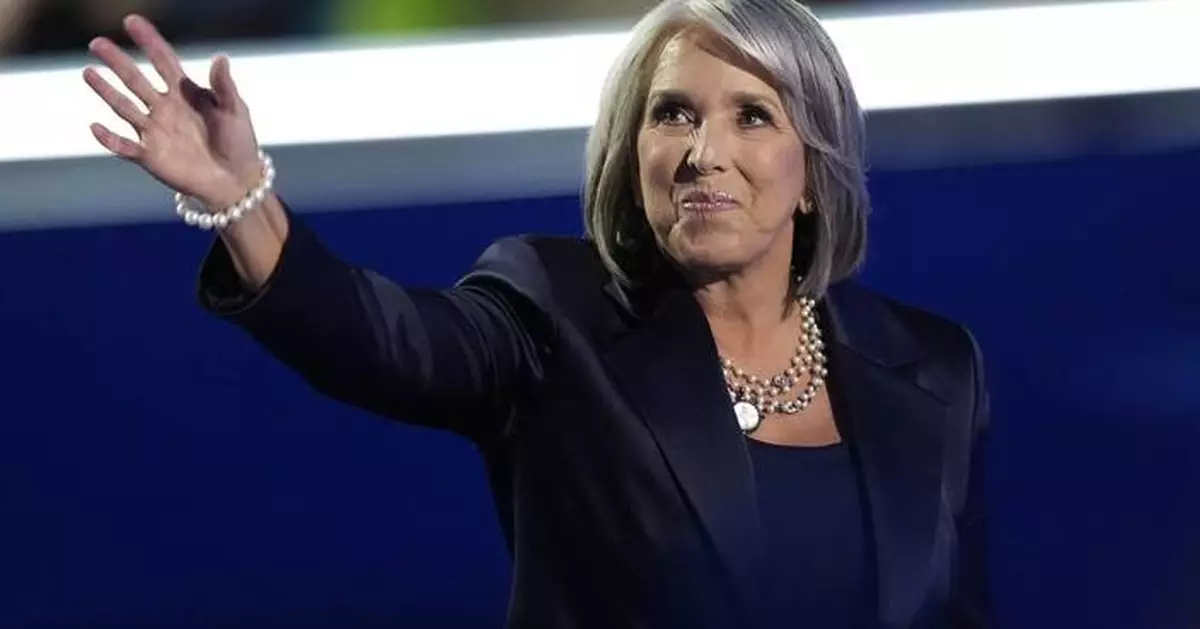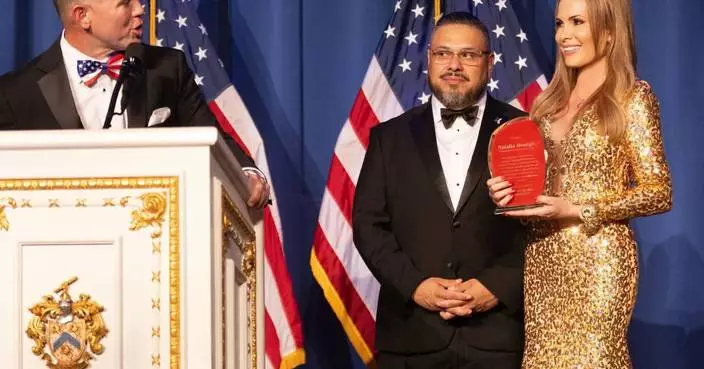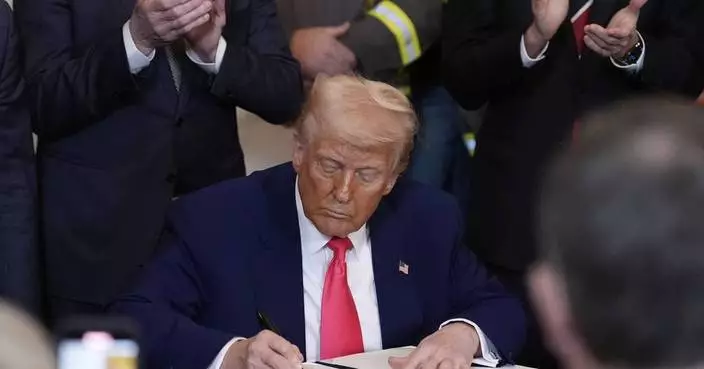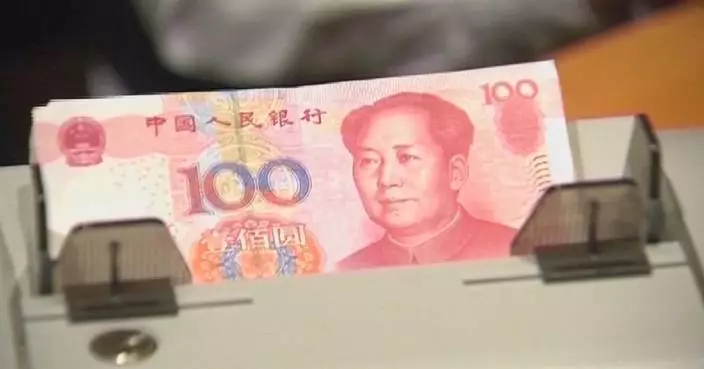SANTA FE, N.M. (AP) — The growing ranks of New Mexico voters with no party affiliation will be allowed to vote in primary elections without changing their nonpartisan status, under a bill signed into law Monday by Democratic Gov. Michelle Lujan Grisham.
The change runs counter to outcomes of election reform efforts in many other states. Last year, voters in a mixture of politically red, blue and purple states rejected state ballot initiatives to ditch traditional partisan primaries or adopt ranked choice voting.
New Mexico's shift to partially open primaries takes effect in time for the 2026 cycle, when parties nominate candidates for three congressional seats, one U.S. Senate seat and a long list of statewide offices, including governor as Lujan Grisham terms out of office. Seats in the Democrat-led state House also will be up for election.
Statewide, about 23% of registered voters forgo partisan affiliation and previously were locked out of the primary nomination process if unwilling to join a major party. The change still prohibits crossover voting by members of opposing parties.
Last year, voters in Arizona, Colorado, Idaho, Missouri, Montana, Nevada, Oregon and South Dakota all rejected either ranked choice voting, open primaries or a combination of both.
Lujan Grisham voiced support for the shift toward open primaries at the close of a 60-day legislative session that left her openly frustrated with public safety initiatives and efforts to improve public education.
“I think the work to have open primaries is a step in the right direction for New Mexico, where we seem to not be able to govern, in a way," she said.
The bill from Democratic sponsors, including state Senate Majority Leader Peter Wirth of Santa Fe, was opposed by the state Republican Party as a potential “stepping stone” to fully open primaries or ranked choice voting.
The share of unaffiliated voters in New Mexico has swelled from 15% of registrations in 2004 to 23% this year.
Among New Mexico’s 33 counties, unaffiliated voters outnumber registered Democrats in Otero and Curry counties and outnumber Republicans in Los Alamos and Doña Ana counties.
Democrats hold majorities in both chambers of the state Legislature, control every statewide elected office and all three of New Mexico's congressional seats. Trump lost the state three times, while narrowing his margin of defeat in 2024.
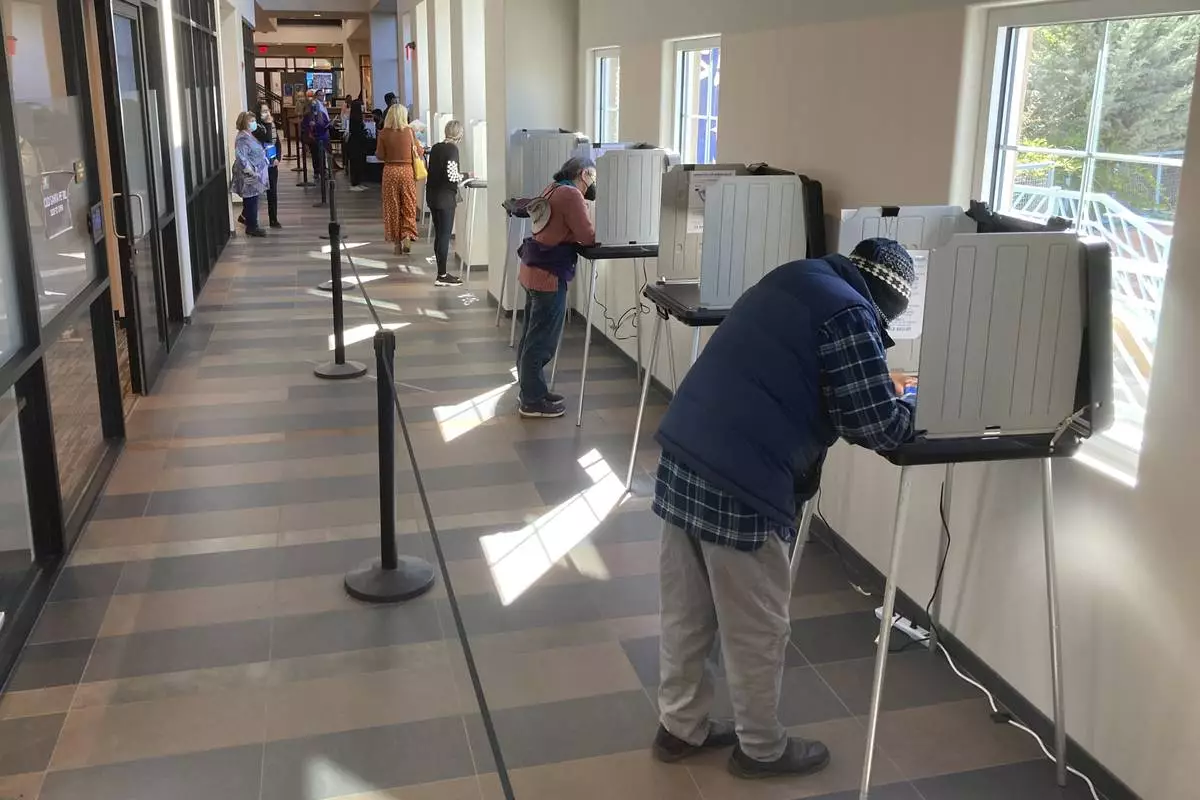
FILE - Santa Fe County, N.M., residents fill out general election ballots during the first day of general election voting, Oct. 11, 2022, in a hallway outside the Santa Fe County Clerk's Office in Santa Fe, N.M. (AP Photo/Morgan Lee, File)
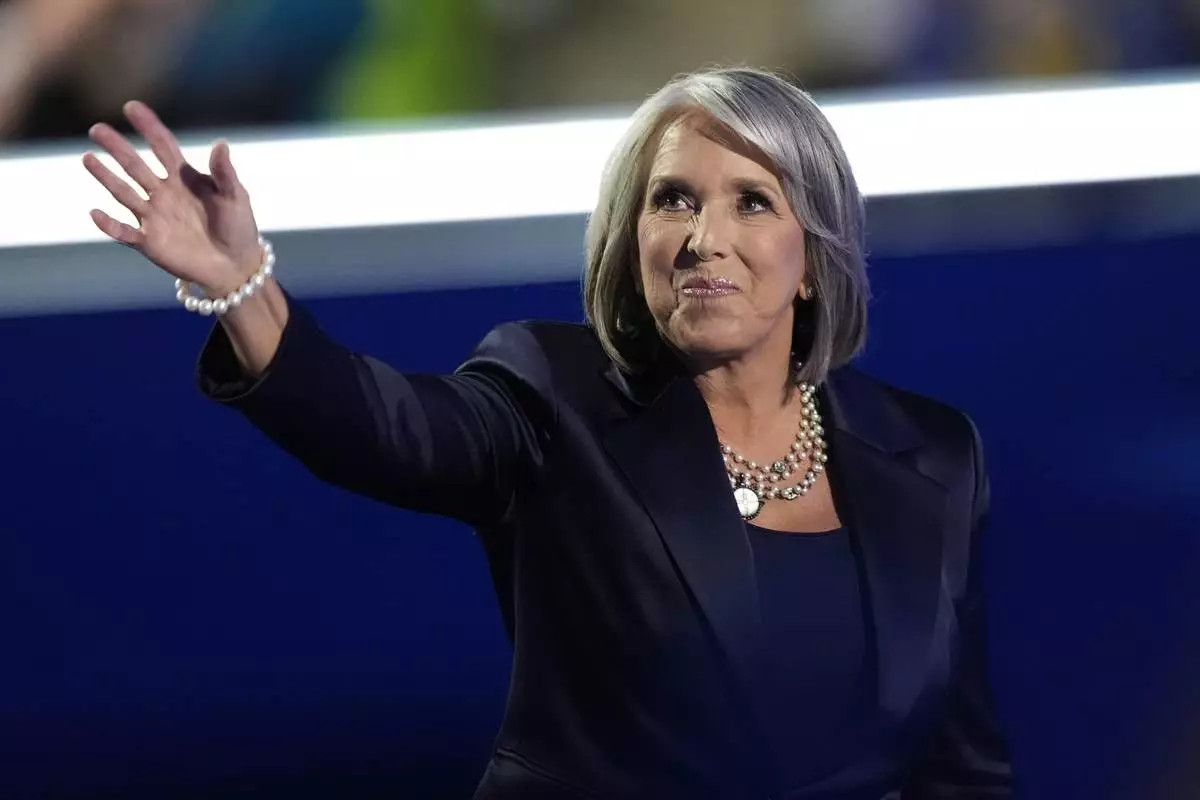
FILE - New Mexico Gov. Michelle Lujan Grisham waves during the Democratic National Convention, Aug. 20, 2024, in Chicago. (AP Photo/Charles Rex Arbogast, File)
WASHINGTON (AP) — In the aftermath of this week's tariff whiplash, President Donald Trump is deciding exactly what he wants out of trade talks with as many as 75 nations in the coming weeks.
Trump is also figuring out next steps with China. He upped his tariffs on Chinese goods to 145% after China placed retaliatory taxes of 84% on imports from the U.S. While his 90-day pause on other tariffs caused the stock market to rally on Wednesday, countries still face a baseline 10% import tax instead of the higher rates announced on April 2.
“There will be a transition cost and transition problems,” Trump said at Wednesday's cabinet meeting. “But in the end it’s going to be a beautiful thing.”
Kevin Hassett, director of the White House National Economic Council, told Fox News’ “Fox and Friends" on Wednesday that the administration already has “offers on the table from more than 15 countries.”
Hassett said the next step will be determining exactly what Trump wants out of the negotiations.
“We have a meeting today with all the top principals where we’re going to present to the president a list of what we think his priorities might look like," Hassett said. "And I’m sure he’s going to, you know, have his own ideas about where to move things.”
Here's a look at where Trump's tariffs showdown stands:
With $28.9 trillion in publicly held debt, the U.S. government can still be beholden to the investors who lend it money. Trump might be willing to run roughshod over political rivals, judges he dislikes and a host of political norms, but the bond market showed Wednesday that it can temper his plans.
Going into Wednesday, the interest rate on a 10-year U.S. Treasury note was increasing and approaching 4.5%. That meant the U.S. government was having a tough time finding possible buyers for its debt, as market participants were wondering if Trump's tariffs had caused foreign buyers to sour on the U.S. government. Higher interest rates for the government could trigger even higher mortgage rates and auto loans for consumers, among other problems.
Trump on Wednesday said investors were getting “yippy,” but after his tariff pause he described the bond market as “beautiful.”
The S&P 500 stock index jumped 9.5% after the pause was announced. But reality crept back in on Thursday and the stock market slumped roughly 4% in Thursday afternoon trading. Sure, Trump was no longer going to put a 20% tariff on goods from the European Union, a 24% tariff on Japan or 25% on South Korea. But those nations still have imports taxed at an elevated 10%, Trump's new baseline as trade talks begin. And tariffs went up against China, locking the world's two largest economies in a trade war.
Plus, the trade war has expanded with China, and 25% tariffs still apply to imported autos, steel and aluminum. Imports from Canada and Mexico, the two largest U.S. trading partners, still face import taxes of as much as 25%. And Trump still plans tariffs on pharmaceutical drugs, lumber, copper and computer chips.
“While we appreciate the pause, the reciprocal tariff of 10% still represents more than double the tariff on imports of leather footwear from countries like Vietnam and Cambodia,” said Tom Florsheim, CEO of the Weyco Group, a footwear company. “Even at this level, it means a significant cost increase that will impact consumers.”
Because tariffs are taxes paid by importers, the costs generally get passed along to consumers and businesses in the form of higher prices and slower economic growth. The Budget Lab at Yale University estimated on Thursday that even with the pause, Trump's current tariff regime would pull down a household's average disposable income by $4,364.
Treasury Secretary Scott Bessent said that any trade agreements will be “bespoke” deals, rather than some overarching pact among a group of countries. Trump has laid out a series of grievances and goals regarding tariffs, but Canadian and European counterparts have said the actual asks from administration officials have been vague so far.
Trump has said he wants to eliminate the $1.2 trillion trade deficit, which means he no longer wants the U.S. to import more goods than it exports to other nations. He also wants revenues from tariffs to offset his income tax cut plans. The president has also said he wants the tariffs to bring back factory jobs and raise workers’ wages.
Aides have said that Trump wants other nations to scrap regulations and other policies such as Europe's value-added taxes that he deems to be a barrier to U.S. goods, an ask that would require other countries to change their laws. Commerce Secretary Howard Lutnick has said the goal is to get other nations to “respect” Trump.
His goals might not necessarily be in line with what other nations want.
European Commission President Ursula von der Leyen posted on X that she's “consistently advocated for a zero-for-zero tariff agreement between the European Union and the United States.”
Lori Wallach, director of the Rethink Trade program at the American Economic Liberties Project, said Trump needs to be more publicly forthright about what he wants out of trade talks and tariffs.
“Absent transparency about what is being demanded, we could end up with the worst of all outcomes — a bunch of bad special interest deals, all of the economic damage caused by tariff uncertainty and no trade rebalancing, US manufacturing capacity or goods jobs,” she said.
The Trump administration views China as violating basic trade norms with how it subsidizes its manufacturers, takes intellectual property from its global competitors, suppresses wages for its workers and manipulates its currency.
The White House clarified that the 125% tariffs that Trump announced on Wednesday against China were actually 145%, once his previous 20% fentanyl tariffs were included.
Census Bureau data show the U.S. ran a $295 billion trade deficit last year with China. Because U.S. consumers and businesses are such a major customer of Chinese manufacturers, Bessent has said that gives the U.S. an edge in terms of inflicting pain on that nation's economy through tariffs. Of course, China has also spent several years preparing for a trade war.
Trump at his cabinet meeting expressed hope that he could get an agreement with China, though he didn't offer any specifics on what he was seeking.
“Well, we’ll see what happens with China,” Trump said. “I would love to be able to work a deal.”
Wendong Zhang, an economist at Cornell University, said that the Chinese economy might suffer a steeper hit to its gross domestic product than the U.S., but it's “likely to stick to its guns” due to internal public support and the ability to increase consumption domestically on goods that might no longer be going to the U.S.
Meanwhile, Trump will need to deal with voters who might be frustrated over the higher price of electronics and other goods resulting from the trade wars.
“Many products that the U.S. imports are predominantly from China: smartphones (73%), laptops (78%), video game consoles (87%), toys (77%), and also antibiotics for U.S. livestock production," Zhang said in an email. “Resourcing from other countries will take time and result in much higher costs.”
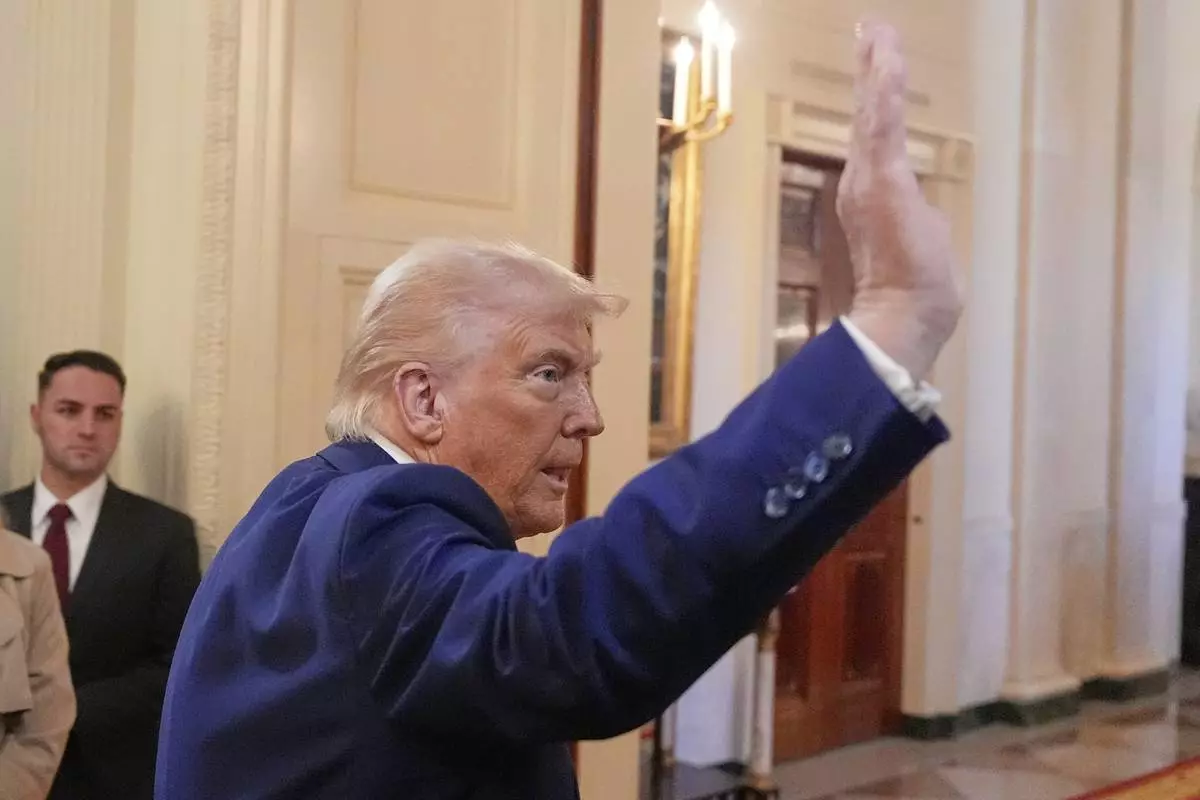
President Donald Trump departs after an event in the East Room of the White House, Tuesday, April 8, 2025, in Washington. (AP Photo/Alex Brandon)




